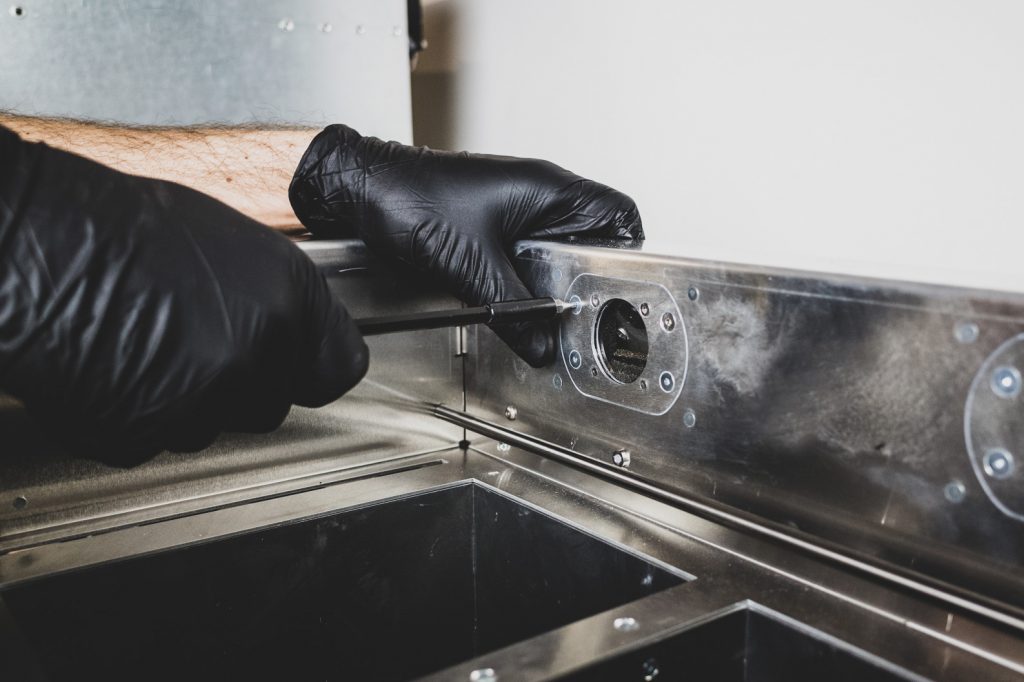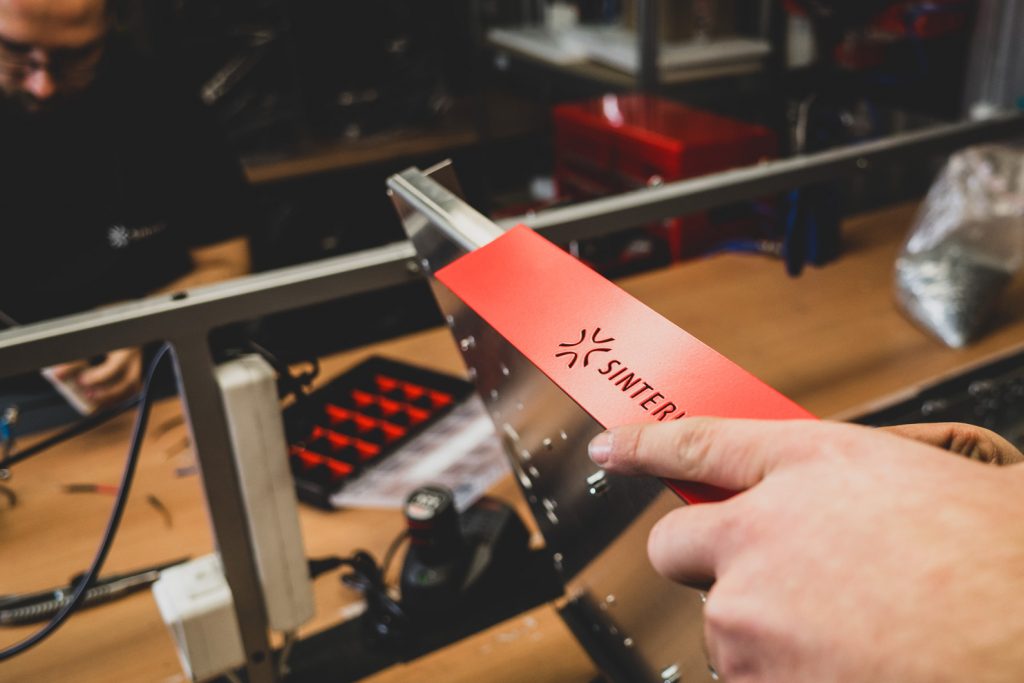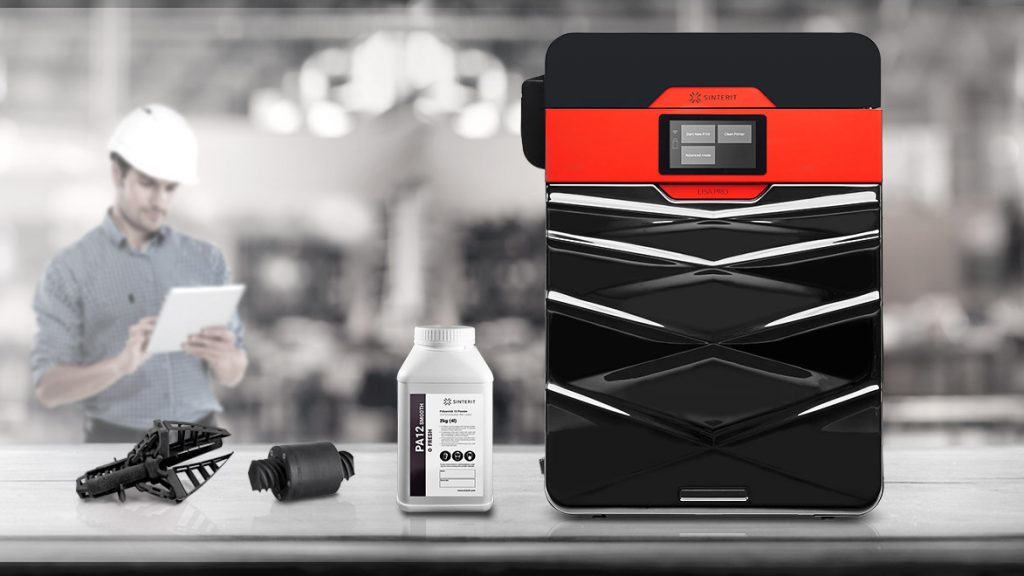When 3D Printing Industry reviewed Lisa Pro last year, Sinterit was delivering the first printers to the customers. Now it has become an ongoing process with two months lead time for every new customer.
The first deliveries started in September, three months after the official launch date. But the company wasn’t expecting such an interest, and some of the clients had to wait longer than expected. In January 2019 Sinterit announced that the lead time for Lisa Pro is now two months. This was made possible thanks to scaling-up production.

What problems does the Lisa Pro solve?
As a bigger sister of the original desktop SLS, Lisa Pro was made to do the same thing, but with a greater print volume and with more materials. In fact, it can be more effective for product design companies and engineers who want to prototype bigger parts faster and several times cheaper than with injection molding.
Lisa Pro is still an SLS 3D printer, so it provides all of the features only available with advanced additive manufacturing technology. That means producing parts with complex geometry, without supports, that are strong and accurate. These advantages solve many of the design and engineering problems typical for other technologies or subtractive manufacturing.
Technically speaking, you can print parts in this powder-based technology with a minimum wall thickness from 0.4 mm, and detail size from 0.1 mm. If there is a need to make a hole, the possible to achieve diameter starts from 0.5 mm, and in case of moving part clearance, you just need a functional gap as small as 0.2 mm.
Lisa Pro is bigger than the primary Sinterit model, Lisa. It has a print volume of 90 x 130 x 230 mm for PA group materials. Thanks to an in-build nitrogen chamber Lisa Pro can print from a vast number of powders, like PA11 Onyx – stronger than PA12, with superior thermal resistance and stable to light, UV, and weather conditions.
Those of you who read the 3D Printing Industry review of the systems may remember that the engineers were impressed by the quality of the printouts, especially in terms of the strength, and the machine’s ease of use.

What are the client’s expectations from desktop SLS 3D printers?
For engineers who choose small SLS 3D printers, factors like having a trustworthy and precise prototyping tool are in high demand. Sinterit clients, which are mostly engineers and academics, stipulate that by using Lisa and Lisa Pro they can do their job faster and a lot cheaper than when using bigger machines or other prototyping technologies like injection molding. Surprisingly, the low and attractive price of both Lisa and Lisa Pro is not the most important factor. When asked, a lot would like to pay more to ensure that the printer would be ready for use in under three months.
There are at least five manufacturers of desktop SLS 3D printers. Sinterit is known for being the company which delivers devices on an ongoing basis, so the user doesn’t need to wait on a reservation list.
Become a part of the success story
Sinterit is currently preparing for a second round of investment. In the first investment round in 2017, the company raised €1.1 million from FIT Additive Manufacturing Group. Throughout 2018, the company experienced a 260% growth and so, according to Sinterit, the outlook for the second round of investment is promising.

For more of the latest 3D printing news subscribe to our newsletter, follow us on Twitter and like us on Facebook. Visit 3D Printing Jobs for new additive manufacturing opportunities in your area.
Featured image shows the Lisa Pro desktop SLS system. Photo via Sinterit



